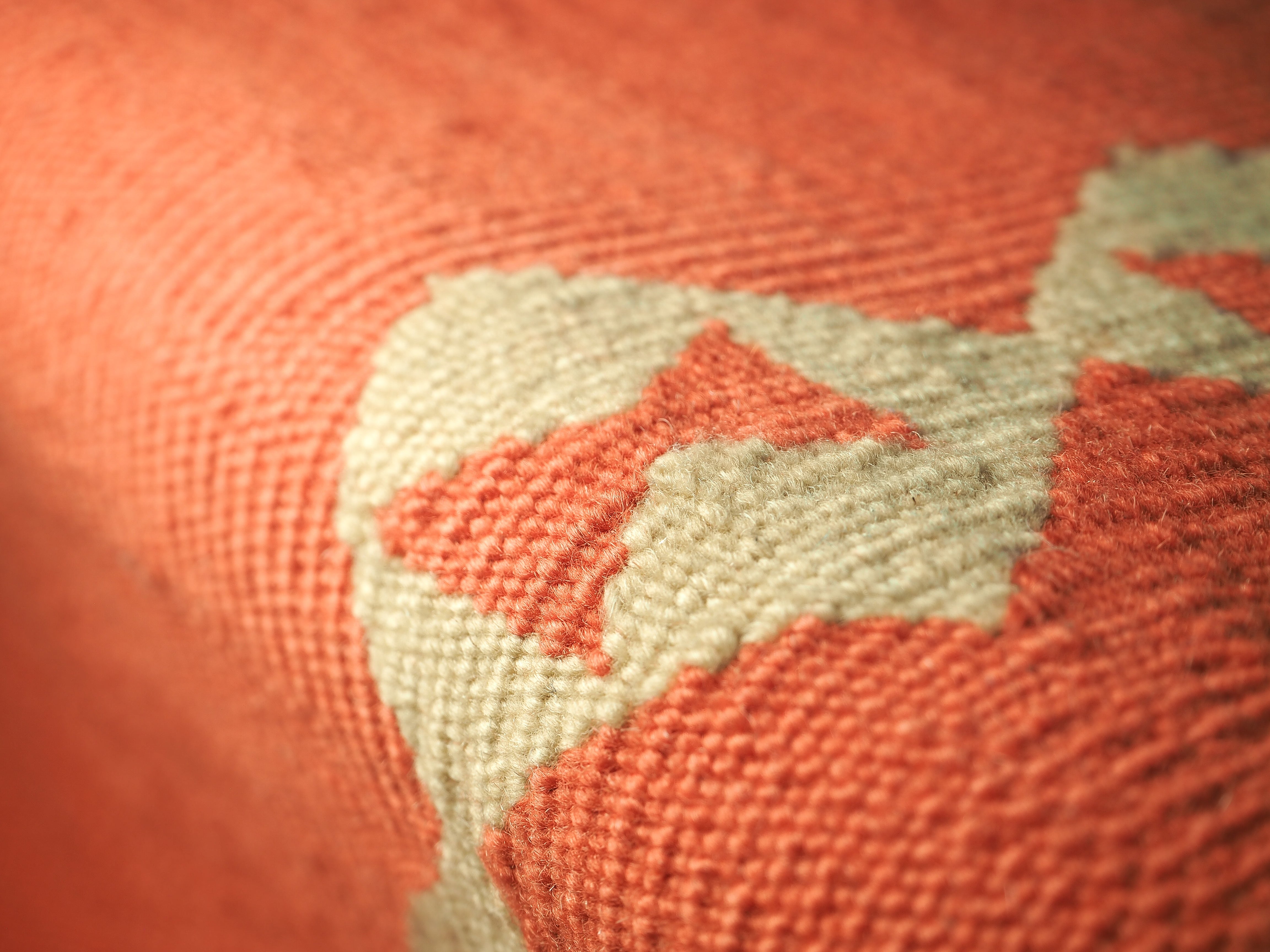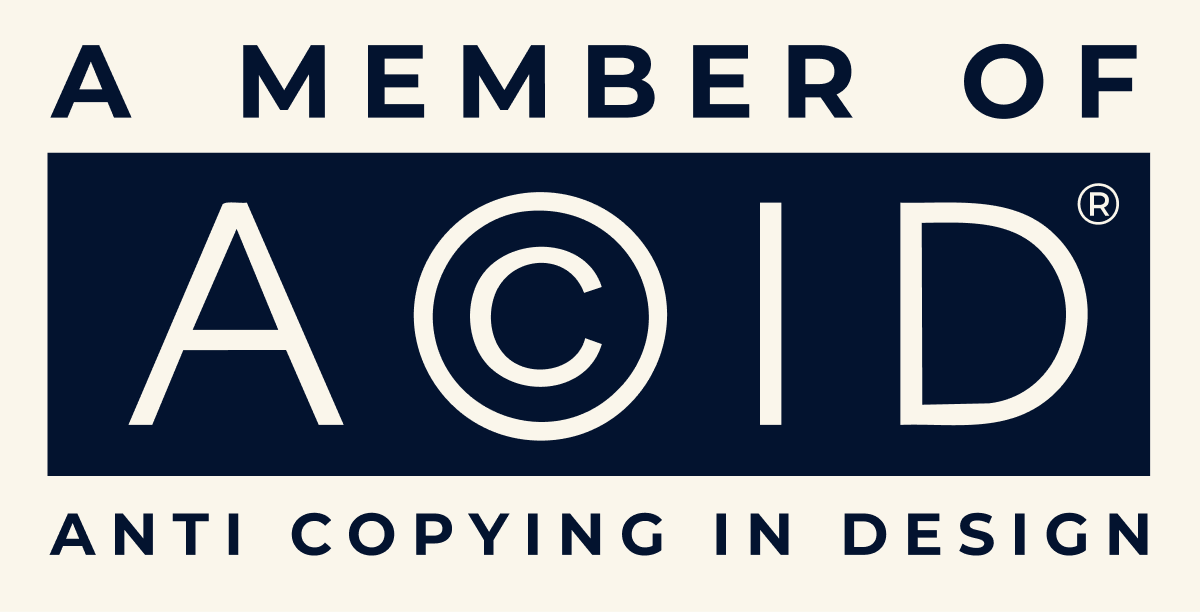The runner you choose is so much more than a functional item; it’s a canvas of texture, colour and a testament to the artistry of weaving techniques that bring a striking piece of contemporary design to an often neglected part of the home, your hallway.
At the core of this beauty lies the ancient, skillful art of weaving. While colour and pattern might first capture your imagination, it’s the specific weaving techniques that give a runner its true soul, character, and remarkable durability. It’s the hidden language of craftsmanship that transforms simple fibres into a legacy piece of decor for your home.
Let’s pull back the loom and explore the key handwoven weaving techniques that create beautiful underfoot artistry for your stairs and floors.
The Foundation: Understanding the Loom and the Weaving Techniques
Before exploring specific weaving techniques, it helps to understand the stage where the magic happens: the loom. This knowledge deepens appreciation for the artisanal skill behind these fundamental weaving techniques.
The Anatomy of a Loom
A traditional loom holds lengthwise threads — the warp — under firm tension. Crosswise threads, called the weft, are interlaced over and under the warp. This rhythmic action, repeated row by row, builds the fabric of your runner from the ground up.
The Warp and Weft Partnership
Think of the warp as the foundation of a building — strong and consistent. The weft adds personality, where colour, texture, and pattern come alive. Their interplay is what defines every unique set of weaving techniques.
The Impeccable Skill of the Artisan
Great weaving is not a mechanical process; it’s human artistry. The weaver’s eye and hand impart a unique, slightly irregular charm — a mark of authenticity that machines can’t replicate. It’s a meditative practice, refined over decades of experience and passed down through generations.
Why the Foundation Matters
A well-set loom and quality warp threads ensure a runner that lies flat, wears evenly, and stands the test of time — preserving the beauty imparted by these ancient weaving techniques for years to come.
The Flatweave: Clean-Lined, Graphic, and Incredibly Resilient
Among all weaving techniques, the flatweave stands out for its durability and versatility. Cherished across continents, it’s a celebration of graphic pattern and robust construction — perfect for a modern, architectural home.
The Hallmarks of a Flatweave
Flatweaves interlace weft and warp to form a flat, reversible surface with no pile — ideal for high-traffic areas like hallways and staircases but even within flatweaves, there are several weaving techniques.
The Kilim: A Tapestry of Tradition
Originating from Turkey and the Caucasus:
-
Crafted using a slit-weave technique, creating tiny slits between colour areas.
-
Features bold, geometric patterns rich with cultural symbolism.
-
Offers vibrant artistry and excellent grip for staircases.
The Dhurrie: Effortless, Airy Elegance
From India’s weaving heritage:
-
Typically woven from cotton or wool, known for resilience.
-
Designs often showcase stripes or minimal geometrics.
-
Brings lightness and a contemporary feel to interiors.
Why Choose a Flatweave
-
Durability: Tight construction resists wear beautifully.
-
Versatility: Complements modern and traditional spaces.
-
Functionality: The non-pile surface offers great stability underfoot.
The Pile Weave: The Art of Texture and Sumptuous Comfort
For those who dream of softness underfoot, weaving techniques that create pile deliver unmatched comfort and sophistication. These techniques produce plush surfaces that transform stairs into sensory experiences.
Creating the Pile: Loops and Shears
Pile forms when weft yarns are pulled through the warp to create loops — resulting in two primary textures: loop pile and cut pile.
The Loop Pile: Textural and Family-Friendly
This weaving technique leaves the yarn uncut:
-
Durable and resistant to wear marks.
-
Creates patterns through varied yarn colours or loop heights.
-
Ideal for family homes that value both comfort and practicality.
The Cut Pile: The Height of Luxurious Softness
Here, loops are sheared for a velvety surface:
-
Holds deep colour beautifully and plays with light.
-
Feels soft underfoot and absorbs sound effectively.
-
A perfect choice for staircases seeking comfort and elegance.
The Wilton Weave: Pattern Woven In, Not Printed On
Among cut pile weaving techniques, the Wilton weave reigns supreme:
-
Made on a Jacquard loom for intricate, multicoloured patterns.
-
Designs are woven through the entire fabric — they never fade.
-
Combines detailed artistry with enduring quality.
The Hand-Knotted Masterpiece: Weaving a Legacy
The pinnacle of craftsmanship, hand-knotting is one of the most revered weaving techniques worldwide. Each knot is tied by hand, making every piece a one-of-a-kind heirloom.
A Knot at a Time: The Ultimate Labour of Love
Each knot is individually tied to the warp threads — thousands per day. Large runners may take months, even years, to complete.
The Measure of Mastery: Knot Density
-
Measured in knots per square inch (KPSI).
-
Higher density = finer detail, richer design, and longer life.
-
Reflects immense time, skill, and craftsmanship.
The Sculptural Depth of True Craftsmanship
The result is a runner with depth, texture, and clarity beyond compare — a textile you don’t just see, but feel.
An Investment in Art
A hand-knotted runner isn’t just décor — it’s a piece of heritage, woven to last for generations.
Choosing Your Technique: A Guide to Lasting Joy
Each weaving technique tells a story. The perfect choice depends on your lifestyle, design sensibilities, and how you want your home to feel.
For the Modern, Active Home
Weaving Technique: Flatweave — bold, practical, and effortlessly stylish.
For Tactile, Family-Friendly Refinement
Weaving Technique: Loop Pile — soft durability with subtle, inviting texture.
For Sumptuous, Sensory Luxury
Weaving Technique: Cut Pile — plush, opulent, and deeply comforting.
For an Heirloom Investment
Weaving Technique: Hand-Knotted — timeless artistry that weaves legacy into everyday living.
Each of these weaving techniques is a dialect in the language of craftsmanship. The best choice is the one that resonates with your lifestyle, your taste, and your home’s story.
Because the true beauty lies not just in what you see — but in what you feel underfoot: a daily reminder that some of life’s richest pleasures are woven by hand


Share:
Stair Treads vs. Runners: Weaving Your Path to a Beautiful Staircase
The Art of Designing Stair Patterns